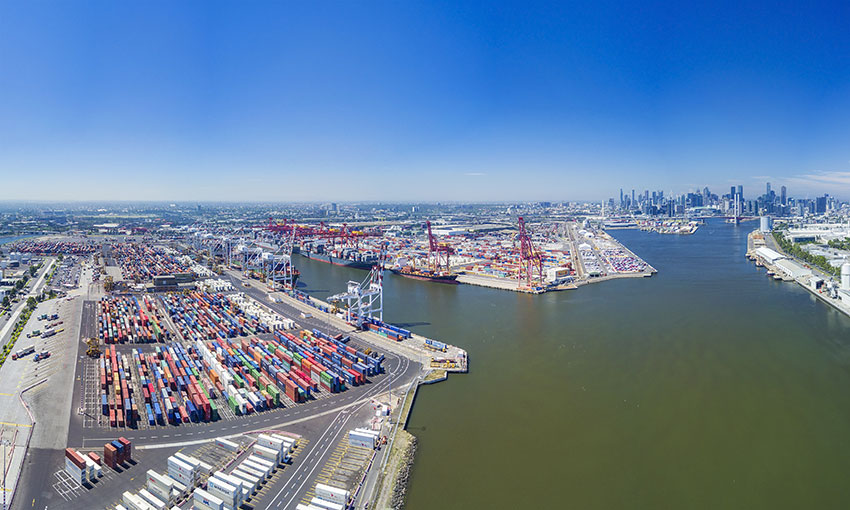WSP and Seymour Whyte Constructions have been engaged to develop new rail infrastructure at the Port of Melbourne, including a new rail terminal interfacing with the container terminal at Swanson Dock East.
WSP will provide the design consultancy services, and Seymour Whyte Constructions the early contractor involvement.
The Port Rail Transformation Project is an investment by the Port of Melbourne of more than $125m for the total project, and provides a new operating environment and infrastructure to help move more freight off trucks and onto rail and to make regional rail supply chains more efficient.
Site investigations will be underway in March 2021 with construction planned to commence in July.
The project is scheduled to be completed in the first half of 2023.
Port of Melbourne CEO Brendan Bourke said despite the challenges of COVID-19, the port is committed to its 30-year development strategy, including investing in rail.
“Our 30-year Port Development Strategy provides a clear plan to meet and enable sustainable trade growth over the long term. The PRTP is an important part of this plan,” he said.
“As Australia’s largest container and general cargo port, it’s critical that we maintain a long-term investment view so that we continue to meet the freight needs of Victoria and south east Australia.”
In October 2020, Port of Melbourne and Patrick reached an agreement to build the Coode Road Terminal.
Patrick Terminals CEO, Michael Jovicic said, “I am pleased to confirm Patrick’s continued investment in port rail capacity. Our contribution to the Port Rail Transformation Project will help drive more efficient movement of rail volumes in line with broader policy to support modal shift”.
The Victorian Transport Association has welcomed the signing of the design and early works contracts for the project.
VTA CEO Peter Anderson said, “The VTA has long advocated for greater productivity gains at the port to make it an even more competitive destination for importers and exporters of freight.
“It is important to note this project is not about a net reduction in freight for road transport operators because attaining productivity and efficiency gains will enable the Port of Melbourne to attract greater volumes of freight, which is good news for road, rail and sea freight operators.
“As I often say, ships, planes and trains carry freight but only trucks deliver,” Mr Anderson said.
The VTA also welcomed the creation of Ports Victoria, bringing together the Victorian Regional Channels Authority and Victorian Ports Corporation (Melbourne).
“It makes sense to consolidate the operations of our ports and waterways bureaucracies, as recommended by the Independent Review of the Victorian Ports System,” Mr Anderson said.
“We look forward to continuing to work with stakeholders from the ports sector to help Victoria and the Port of Melbourne retain its position as the premier destination for freight.”

